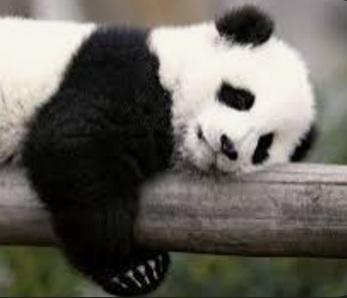We may question why we are encouraged to take measures to protect endangered species, or even threatened species for that matter. But what we don't realize is that the extinction of ANY kind of animal affects our biodiversity.
Take the thylacine (Tasmanian tiger). It's extinction negatively impacted the Tasmanian and Australian ecosystems - its absence reportedly contributing to the outbreak of the disease called the Tasmanian devil facial tumor, and increased wildfires, perhaps due to altered vegetation dynamics, that is, growth of more flammable vegetation.
Nature is beautiful. In a broader context, every species has their own specific role - regulating prey population, facilitating pollination (through bees and butterflies), or being efficient ecosystem engineers (elephants, for example, disperse seeds by defecating them over long distances after consuming fruit).
Think about it - a wider range of species means a more diverse food web and greater adaptation capability. Every organism is vital, and losing them causes unprecedented problems. Pollution. Habitat loss.
We can all do our own bit for these incredible fauna... by reducing our environmental impact (yes, that's also a factor), supporting conservation organizations, and most importantly, spreading the word.
For more information and a vast databank, visit https://www.iucnredlist.org
🦔

